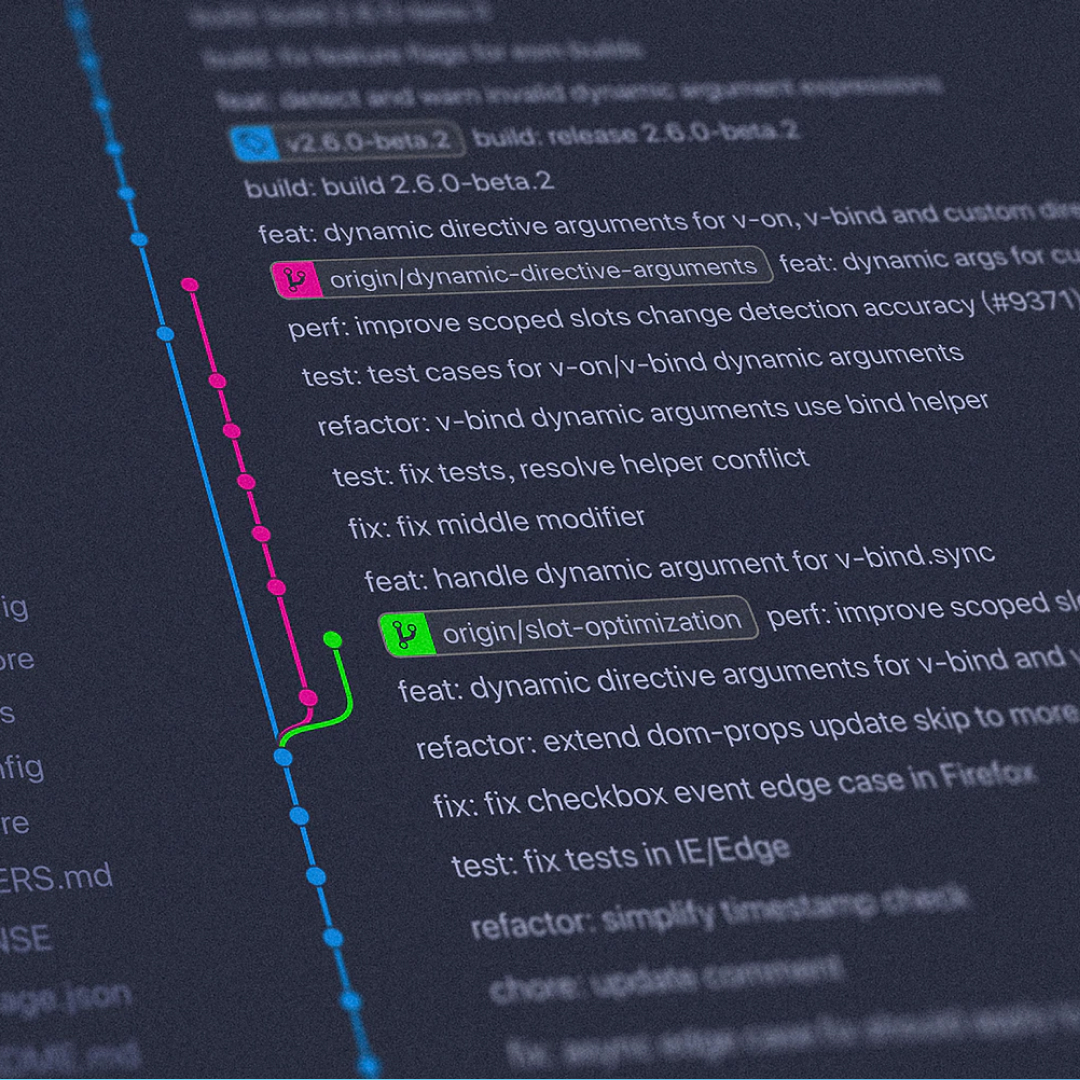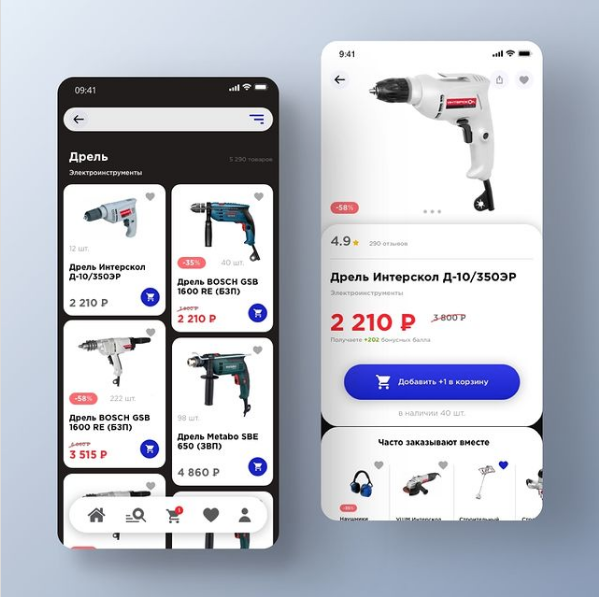Fast, inexpensive, risky: a hypothesis method for obtaining product feedback
Startups spend huge amounts of money on MVP (Minimum Viable Product) development, but often this leads to financial losses. A good alternative is the RAT approach, which makes it easier, cheaper, and faster to test hypotheses and collect feedback. This technique has already been successfully used by Internet giants Airbnb and Zappos.
Creation of a "product skeleton"
Rick Hayam, who led the development of Skyscanner, a fast flight search service, declared the death of MVP in 2016 due to the emergence of the RAT approach as a more efficient alternative. In the American IT publication Hacker Noon, he explained that the classic method of testing hypotheses has become ineffective, since many startups do not know how to use it correctly and do not receive relevant feedback.
Hayam recommends developing a simplified version of the product to test risky assumptions.
The main problems of MVP
According to Hayam, creating a complex product with significant time and financial costs is the wrong way in which the focus shifts from the ultimate goal of testing an idea. At the same time, many functions are never implemented in the final version of the product, since after collecting feedback, developers often refuse to launch a number of features. As a result, the resulting MVP can look impressive and be expensive, but completely non-functional.
Khayyam does not recommend investing excessively in the creation of an MVP, because the assessment of the viability of an idea is only one of the intermediate stages that allows you to understand whether the identified problem is worthy of a solution. Serious investment is not a guarantee of market success and product popularity among users, which is why Hayam advises developing a “product skeleton” to test ideas with minimal time and money.
Large Internet companies can afford MVP development. In particular, according to experts, Instagram spent $ 100-300 thousand on this and from 3 months to six months, Facebook - about $ 500 thousand and 9 months, and Uber spent $ 1-1.5 million.
The RAT approach is optimal for small companies that do not have the finances and time required for long and expensive testing, but are interested in making a profit and minimizing losses.
RAT approach: 3 stages
This technique is based on fast hypothesis testing and discarding unnecessary information. If the idea is confirmed, you can immediately proceed to the next stage, if not, you can proceed to testing the next hypothesis without wasting time and effort on creating an unnecessary product.
The riskiest assumption should be identified first and then tested quickly and inexpensively. At the same time, one can focus on a phased strategy created by R. Hall, the head of MindSea, a mobile application development company.
Stage 1: Fill in the Lean Canvas
This involves creating a short, one-page business plan. To complete the template, you will need to answer key questions:
- who is the target audience of the product;
- what problems it is designed to solve;
- what is its uniqueness;
- how much will it cost to create;
- how it will make a profit.
Stage 2: Pick the Risky Idea
This stage allows you to assess the prospects of the product and the willingness of customers to buy it.
Step 3: Conduct an experiment and analyze the results
A quick hypothesis test allows you to quickly move on to evaluating the next idea.
RAT in practice
When used correctly, the MVP approach differs little from the RAT. Today, many companies practice putting forward risky hypotheses without spending a lot of time, money and effort on a detailed thought of an idea, using available resources and quickly obtaining results.
Airbnb example
The idea was born: in 2008, two future designers B. Chesky and D. Gebbia, who were in college at the time, settled in San Francisco, but renting an apartment turned out to be too expensive for them. By chance, at that time, the metropolis became the venue for a large conference, there were no vacant rooms in hotels, therefore its participants were forced to agree to any option. The friends bought inflatable mattresses and started renting out sleeping places in their living room.
Hypothesis: there are people who want to pay for a bed in someone's house
Verification: Chesky and Gebbia were selling overnight accommodations for $ 80 a night. The price included a breakfast prepared by the owners, and the opportunity to chat with them was a pleasant bonus. To find customers, they created the site that launched the Airbnb service, which today has a value of $ 31 billion.
Zappos example
Origin of the idea: In 1999, Nick Swinmern could not find the right sneakers in a regular store and decided to create a website for selling shoes over the Internet. At that time, e-commerce was still undeveloped, so his act was quite risky.
Hypothesis: Online shopping for shoes is going to be popular.
Verification: When the online store ShoeSite.com was launched, Swinmern did not have a shoe store or the product itself, so he took a photo of the shoes in a regular store and posted them on the website. After the buyer placed the order, Nick purchased the desired product and sent it to him. Over time, the site morphed into Internet shoe giant Zappos.
Output
RAT is not the only worthy alternative to the MVP approach, which entrepreneurs have had many complaints about. There is no universal solution in this area, because much is determined by the goals of a particular startup, however, the RAT approach will prevent the most common mistakes and help save on development costs.




